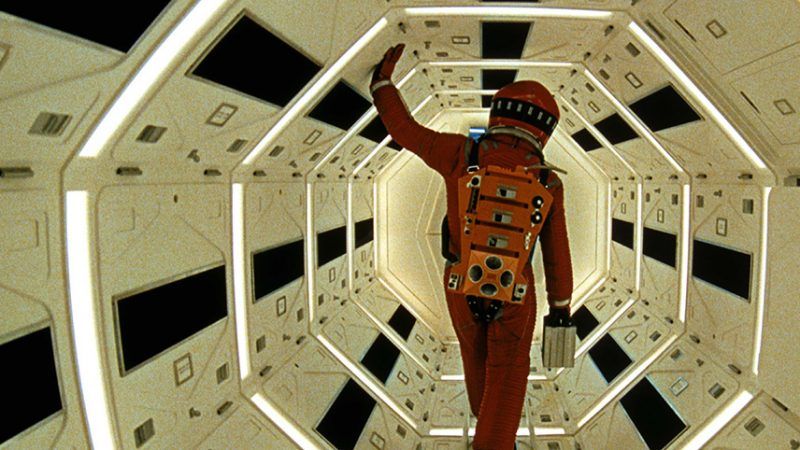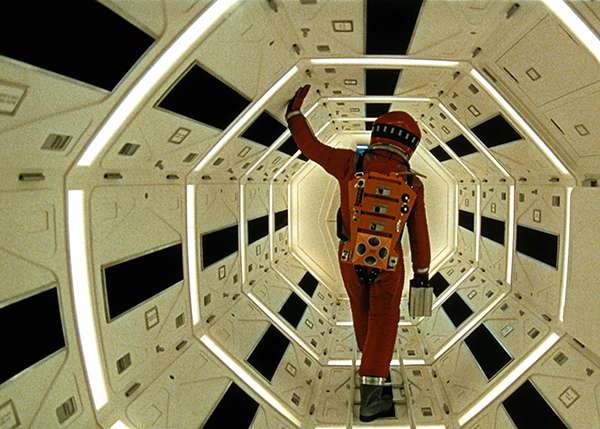2001: A Space Odyssey


Stanley Kubrick's 2001: A Space Odyssey is a movie about tools and technology. The use of tools, both to advance individual goals and to aid the survival of the species, the movie seems to say, is what defines humanity, what separates us from the animals. Technology—the struggle to create and control it—is what makes us distinct.
So it's a bit ironic that the best way to see 2001 is in a format that is now ancient, as far as cinema is concerned. For its 50th anniversary, the film played limited engagements in a 70 mm print overseen by Christopher Nolan, the director of Inception and the Dark Knight trilogy.
Nolan is probably the most prominent proponent of the notion that movies should be made and viewed as actual physical film, and that filmmakers should minimize digital trickery. He dubbed his restoration of 2001 "unrestored" because it was made using an entirely analog process derived from the original photo negative. Nolan's restoration makes for an arresting experience, more tactile and enveloping than digital projection. It's fitting that a movie about man's complicated relationship to technology is so profoundly enhanced by a presentation that emphasizes the film's relationship to cinematic tech.
This article originally appeared in print under the headline "2001: A Space Odyssey."


Show Comments (0)